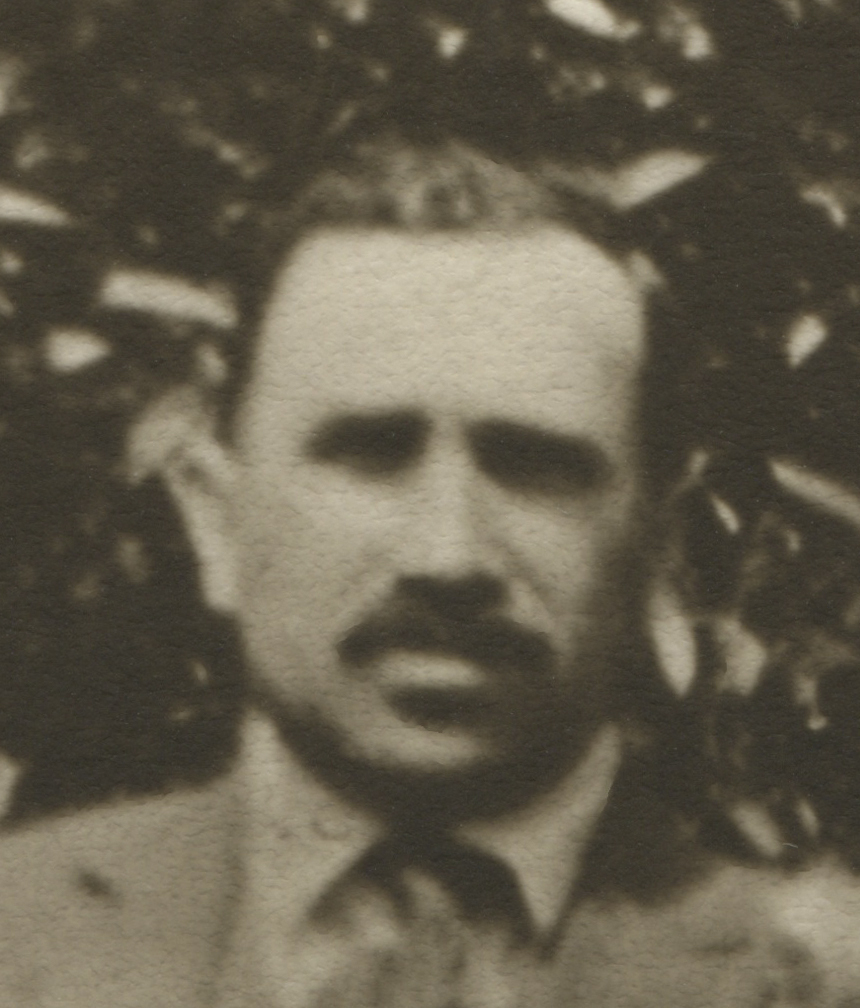|
Staryi Chortoryisk
Staryi Chortoryisk ( uk, Старий Чорторийськ, Romanization of Ukrainian, translit. ''Staryi Chortoryis'k'', pl, Czartorysk) is a village (''selo'') in north-western Ukraine. It is located on the bank of the Styr River in the Kamin-Kashyrskyi Raion of Volyn Oblast. One of the most ancient settlements of Volhynia, ''Chortoriysk'' (or ''Chertoryesk'') was first mentioned in 1100 in the Hypatian Codex, Hypatian Chronicle where it was recorded as having been passed to Prince List of rulers of Halych and Volhynia, David Igorevych (or ''Davyd Ihorevych'') of Volhynia (1087-1099), together with Dubno, Busk, Ukraine, Busk and Ostroh In the 13th century, it was claimed by the rulers of Pinsk, who built a tower in Chortoryisk resembling the famous Tower of Kamyenyets, Bela Vezha in Kamyenyets, Kamieniec. By the end of the 14th century, the town had become the seat of Algirdas's son Constantine (from whose son, Vasili Konstantinovich, the well-known Polish family of Czartorysk ... [...More Info...] [...Related Items...] OR: [Wikipedia] [Google] [Baidu] |
List Of Sovereign States
The following is a list providing an overview of sovereign states around the world with information on their status and recognition of their sovereignty. The 206 listed states can be divided into three categories based on membership within the United Nations System: 193 member states of the United Nations, UN member states, 2 United Nations General Assembly observers#Present non-member observers, UN General Assembly non-member observer states, and 11 other states. The ''sovereignty dispute'' column indicates states having undisputed sovereignty (188 states, of which there are 187 UN member states and 1 UN General Assembly non-member observer state), states having disputed sovereignty (16 states, of which there are 6 UN member states, 1 UN General Assembly non-member observer state, and 9 de facto states), and states having a political status of the Cook Islands and Niue, special political status (2 states, both in associated state, free association with New Zealand). Compi ... [...More Info...] [...Related Items...] OR: [Wikipedia] [Google] [Baidu] |
Tower Of Kamyenyets
The Tower of Kamyenyets, often called by the misnomer the White Tower ( be, Белая вежа, transliteration: ''Bielaya Vieža'' or ''Belaya Vezha''), is the main landmark of the town of Kamyenyets in Belarus. The name ''Bielaja Vieža'' (alternative transliteration: ''Belaya Vezha''), which literally means ''White Tower'' or ''White Fortress'' in Belarusian, presumably derives from the tower's proximity to the Belavezhskaya Pushcha Forest, but not from its color, which has been brick-red through the ages, never white. The first record in the chronicles about the foundation of the tower dates from 1276. Erected between 1271 and 1289 by the architect Oleksa as a frontier stronghold on the northern border of the Principality of Volhynia, it is the only such tower remaining to this day in Belarus. (Once similar towers were built in Brest, Grodno, Turaw, Navahradak, but they were destroyed in the course of wars.) Today it is a national historic site. Standing atop a gentle r ... [...More Info...] [...Related Items...] OR: [Wikipedia] [Google] [Baidu] |
Baroque
The Baroque (, ; ) is a style of architecture, music, dance, painting, sculpture, poetry, and other arts that flourished in Europe from the early 17th century until the 1750s. In the territories of the Spanish and Portuguese empires including the Iberian Peninsula it continued, together with new styles, until the first decade of the 19th century. It followed Renaissance art and Mannerism and preceded the Rococo (in the past often referred to as "late Baroque") and Neoclassical styles. It was encouraged by the Catholic Church as a means to counter the simplicity and austerity of Protestant architecture, art, and music, though Lutheran Baroque art developed in parts of Europe as well. The Baroque style used contrast, movement, exuberant detail, deep colour, grandeur, and surprise to achieve a sense of awe. The style began at the start of the 17th century in Rome, then spread rapidly to France, northern Italy, Spain, and Portugal, then to Austria, southern Germany, and Rus ... [...More Info...] [...Related Items...] OR: [Wikipedia] [Google] [Baidu] |
Franciszka Urszula Radziwiłłowa
Francesca Ursula Radziwill (February 13, 1705, Chartorysk – May 23, 1753, Navahrudak), was a Polish writer and playwright, the first female writer on the territory of modern Poland and Belarus. She was the Princess (equivalent to Duchess), the last female representative of the Wiśniowiecki noble house and a wife of Michael Casimir Radziwill "Rybonka". Biography Francesca Ursula (''Polish'': Franciszka Urszula, ''Belarusian'': Frantsishka Urshulia) was the only child of famous and wealthy parents. Her father Prince (the original title of nobility “Knyaz” is translated as prince but equivalent to duke) Janush-Anton Wiśniowiecki (1678–1741) was the Castellan of Kraków, governor of Vilna and Kraków, mayor of Pinsk, and his wife Théophile Leshchinskaya (1680–1757) was a daughter of the Royal epicalyx and cupbearer, governor of Podlasie, mayor of Kovel and Kamenetz. Francesca received excellent education at home: spoke several European languages, knew the world ... [...More Info...] [...Related Items...] OR: [Wikipedia] [Google] [Baidu] |
Aaron Director
Aaron Director (; September 21, 1901 – September 11, 2004) was a Russian-born American economist and academic who played a central role in the development of the field Law and Economics and the Chicago school of economics. Director was a professor at the University of Chicago Law School, and together with his brother-in-law, Nobel laureate Milton Friedman, Director influenced some of the next generation of jurists, including Robert Bork, Richard Posner, Antonin Scalia and Chief Justice William Rehnquist. Early life Director was born to a Jewish family in Staryi Chortoryisk, Volhynian Governorate, Russian Empire (now in Ukraine) on September 21, 1901. In 1913, the 12-year-old Director and his family immigrated to the United States and settled in Portland, Oregon. In Portland, Director attended Lincoln High School where he edited the yearbook. Director had a difficult childhood in Portland, then a center of KKK and anti-communist hysteria in the wake of World War I. He enco ... [...More Info...] [...Related Items...] OR: [Wikipedia] [Google] [Baidu] |




